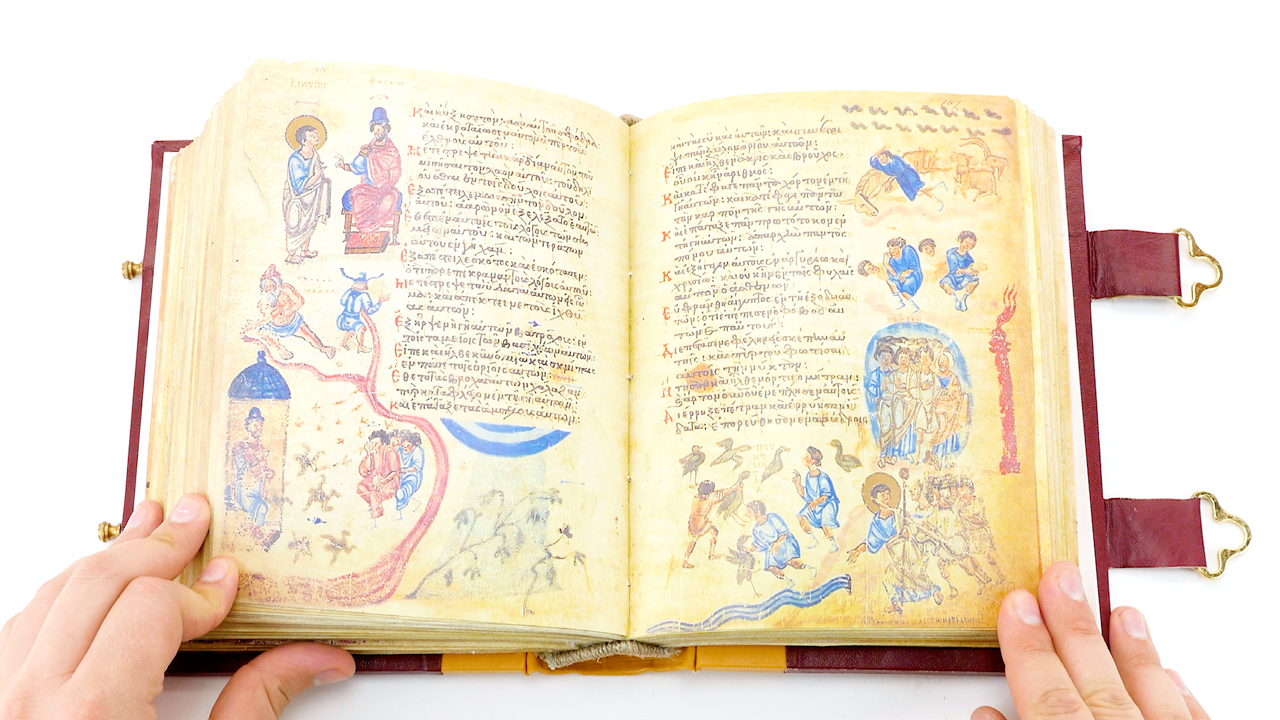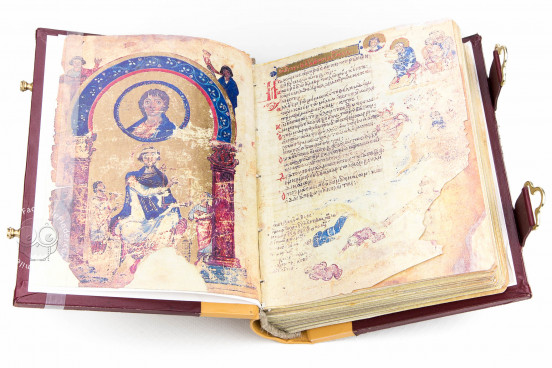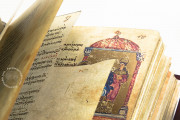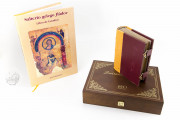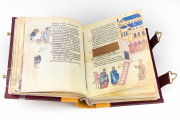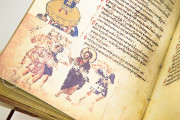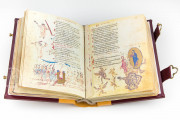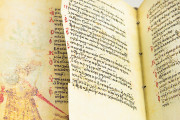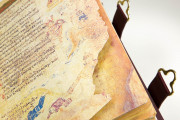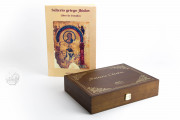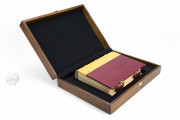The Chludov Psalter is a ninth-century Psalter and one of the earliest known illuminated Byzantine manuscripts created in the wake of the final defeat of Iconoclasm in 843. The illustration of this Psalter can be situated in the heated political climate following the restoration of public religious imagery, such as the reinstatement of the Chalke image on the gate of the imperial palace.
A Polemic Defense of Images
The Chludov Psalter is one of only three Byzantine examples extant from the ninth century. Written in Greek and featuring the Psalms in the arrangement of the Septuagint, its 209 illuminations adorn the wide margins of the manuscript. This format was used so that images would act as visual commentary to the text. Indeed, many of the miniatures are supplied with symbols and pointing arrows indicating the underlined text to which they are referring.
While many of the miniatures are literal illustrations, images from Old Testament history, or New Testament typologies, others offer commentary on contemporary religious and political issues. These images feature polemic propaganda that articulates a fiercely anti-iconoclast stance, likely fueling the dubious legend that the miniatures were painted in secret. Caricatures are also seen throughout the manuscript, mirroring rampant anti-Jewish and anti-Islamic rhetoric.
An apt example is one of the most renowned miniatures in the Psalter and is found on fol. 67r illustrating the text from Psalm 68 (69). Here the author implores God for deliverance from tormentors saying: "And they gave me gall for my food, and in my thirst they gave me vinegar to drink" (Psalm 68:22). Inscriptions clarify the comparison between the caricatured Jews at the foot of the cross "mixing vinegar and gall" with the Iconoclasts illustrated below who "mixed water and lime on his face". The polemical style of the ensemble clearly communicates the vitriol behind the Iconoclast controversy and makes the defense of images a major theme for the Psalter's imagery.
A Fragmentary Witness of Greek Majuscule
The Chludov Psalter has been rightly described as a palimpsest. The early 9th-century majuscule is only visible on a few folios, such as on the fragmentary inscription on fol. 6r. The text had mostly faded by the twelfth century, likely due to intensive use and exposure. A minuscule script dating from then, or even as late as the fourteenth century, reinforces the majority of the text.
From Mount Athos to Moscow
Several inscriptions within the manuscript itself relate the history of its movement: on fol. 39r, a fifteenth-century inscription locates the Psalter to the "Lavra of Saint Anthanasios", alluding to the Great Lavra Monastery on Mount Athos, while another note on fol. 169r commemorates the consecration of the Psalter at the Holy Trinity Monastery on the island of Chalki (Greece).
A Russian scholar brought the Psalter to Moscow in 1847, where it was soon purchased by Aleksey Khludov, which accounts for its current name. After Khludov's death, the Psalter was donated with the remainder of his prestigious collection to the Nikolsky Old Believer Monastery, after which it was inducted into the collections of the State Historical Museum.
We have 1 facsimile edition of the manuscript "Chludov Psalter": Salterio Chludov facsimile edition, published by AyN Ediciones, 2007
Request Info / Price
